We first visited Kruger National Park back in 2003 during our five month adventure from Uganda to Cape Town. Going on safari and seeing African wildlife in their own backyard was a highlight of that trip.
There’s nothing like camping out under the African stars, listening to the roars of lions in the night, and then going in search of the BIG 5 the next day.
Kruger, and South Africa, gets under your skin.
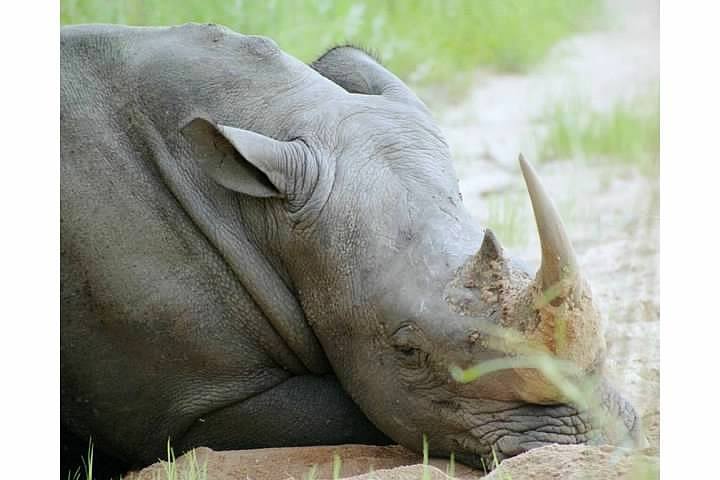
I have fond memories of cooking a traditional South African braai as the sun goes down, and rising early with the animals as they go on the hunt for their food. It has me craving for more, especially now we have kids as another excuse to go back.
Besides seeing the big cats in the wild, we love watching the elephants and can spend hours admiring them in their family units.
And of course there’s the hilarious baboons and the search for the rare African wild dog and getting close, but not too close, to the hippos.
After spending months rough travelling through east Africa and visiting many African game reserves, we finally, at Kruger, saw a leopard AND the very rare African wild dog.
Kruger National Park in South Africa is well known for having one of the best African wildlife viewing experiences, with a high concentration of animals and a developed park system of roads and accommodation.
And if you are a thrill seeker, then I highly recommend the Kruger walking safari. Nothing beats walking freely around as a guest in the animal’s kingdom tracking rhino and lion and learning first hand about their habits (accompanied by armed rangers of course).
We were fortunate to return to Kruger a second time back in 2006 during our visit to South Africa for Caz’s brothers wedding, but still haven’t seen it all.
Kruger is massive and it’s a good idea to choose one area to stay at and base your drives near there. We found the Lower Sabie area to be excellent for the concentration and variety of wildlife.
Below is a collection of our photos (unfortunately we weren’t into blogging back then so our photos are smaller than we’d now like)
Kruger National Park South Africa in photos
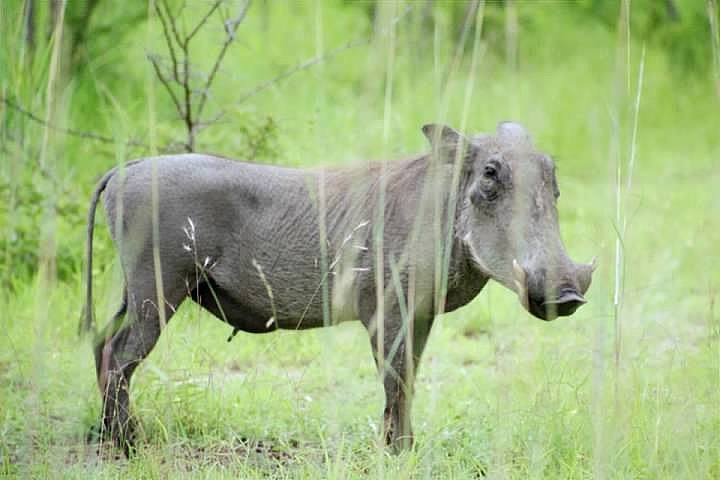
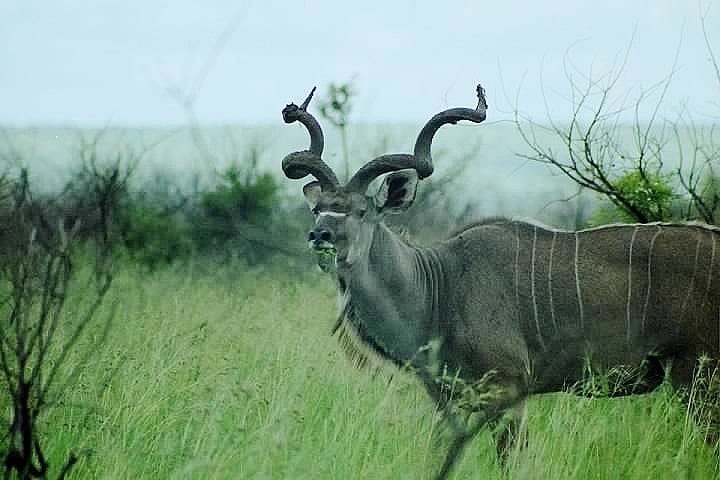
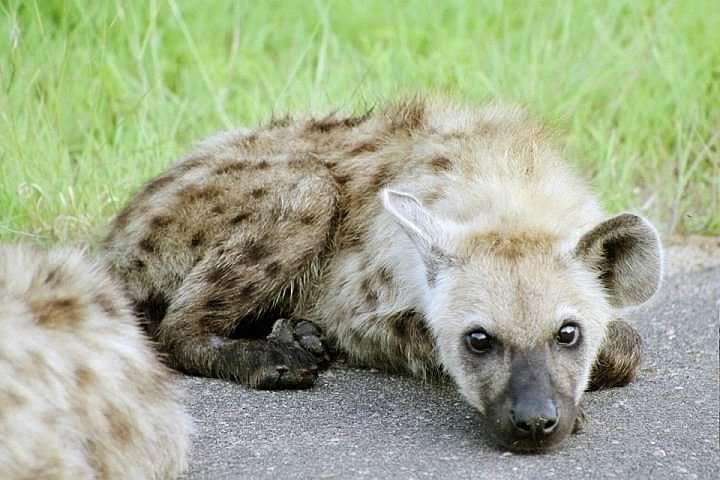
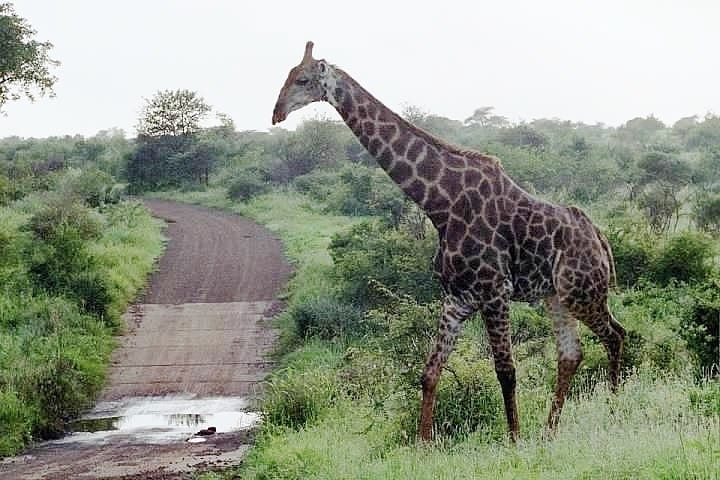
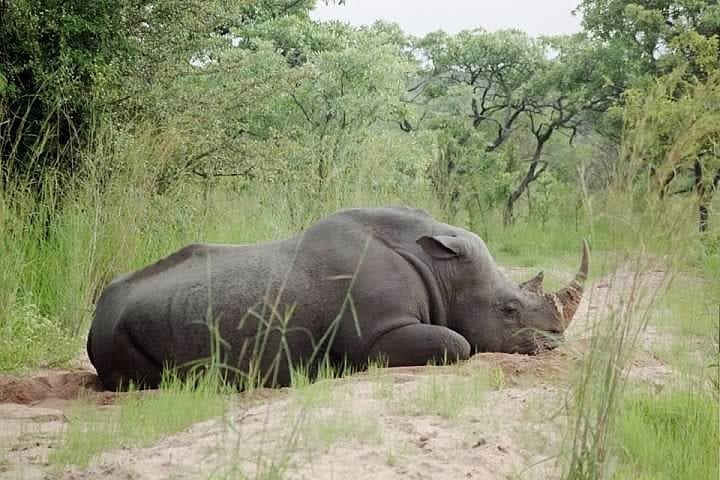
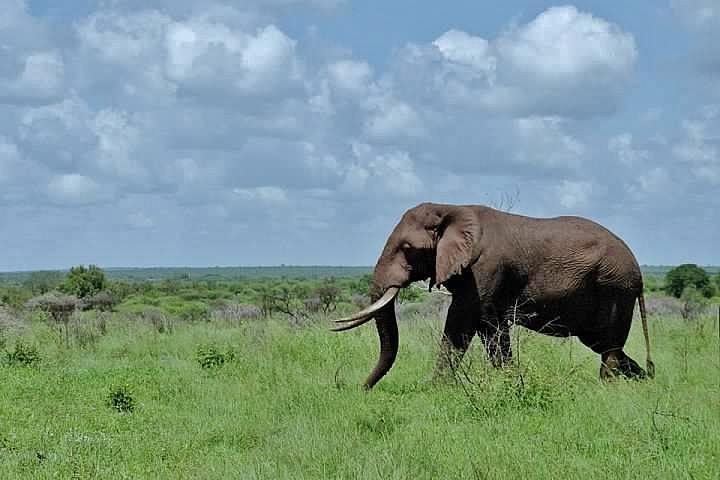
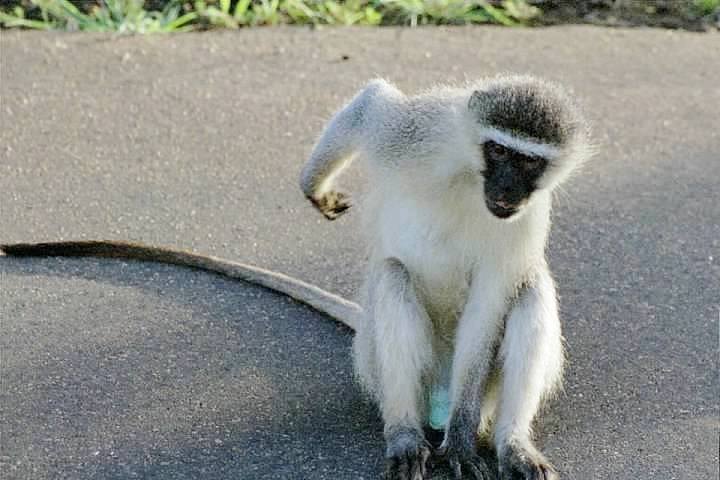
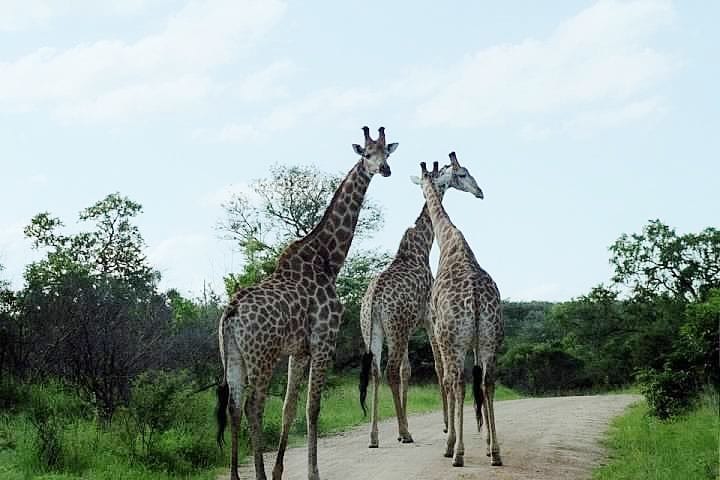
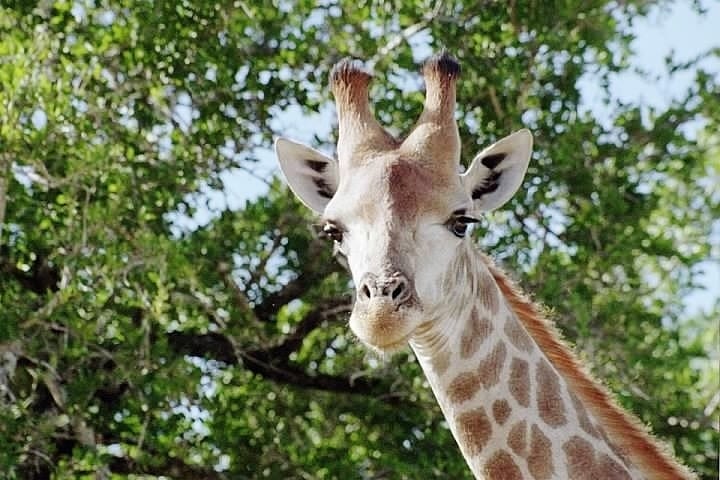
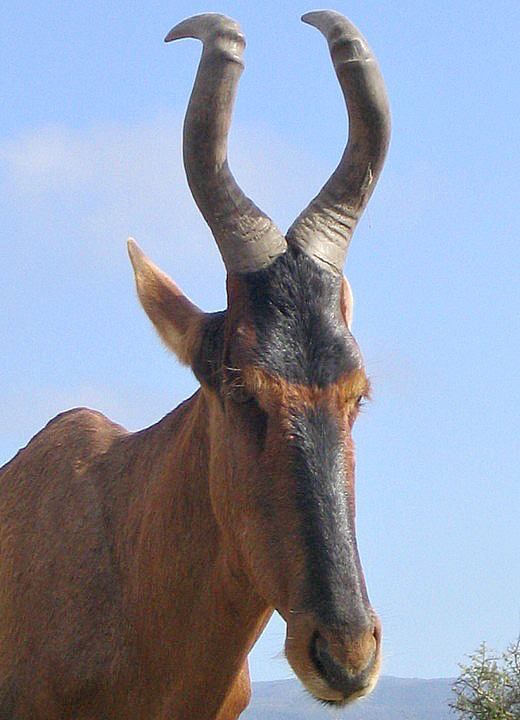
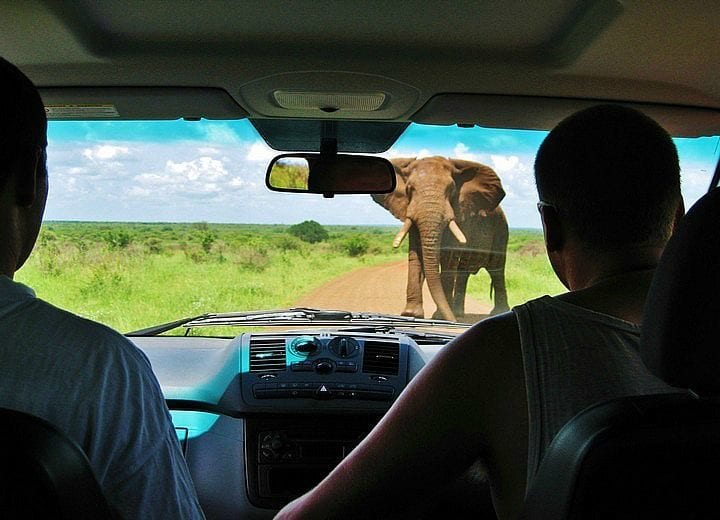
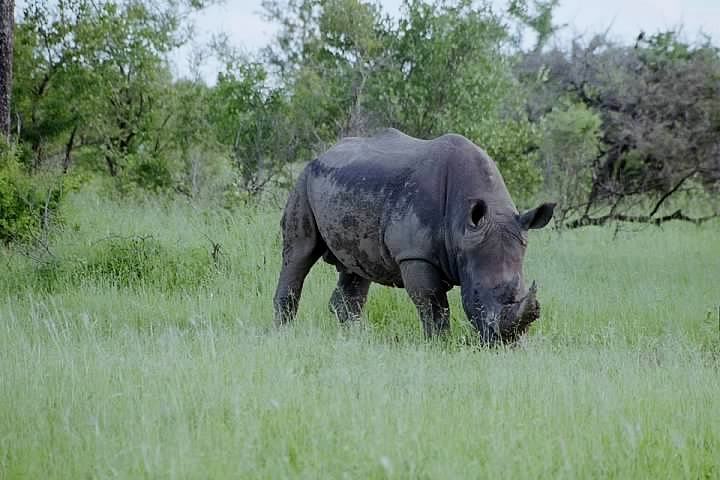
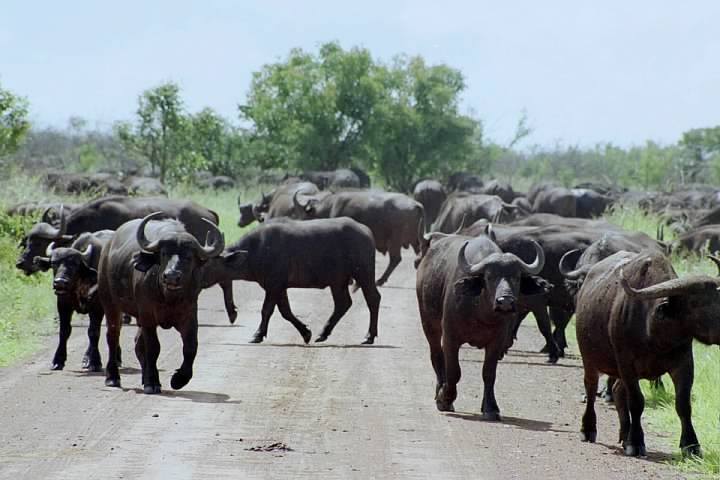
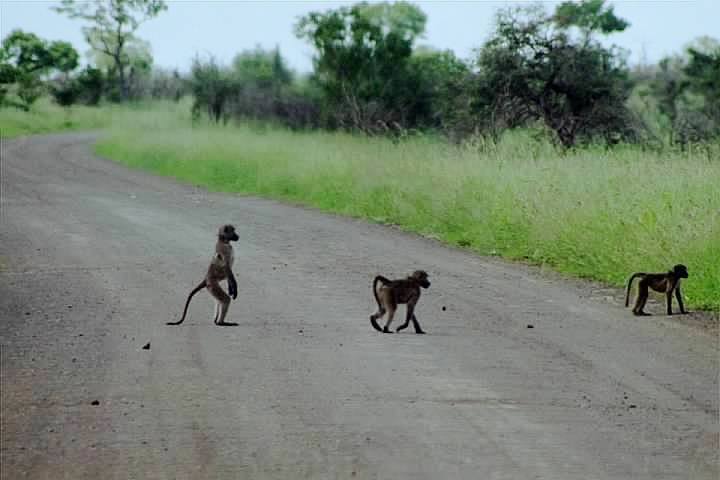
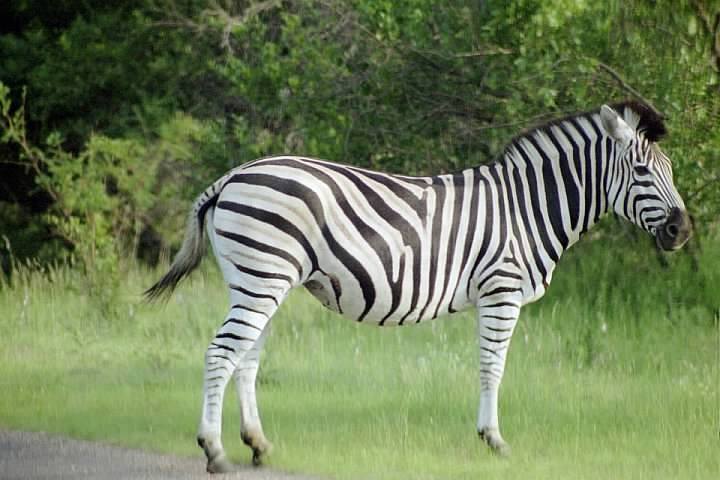
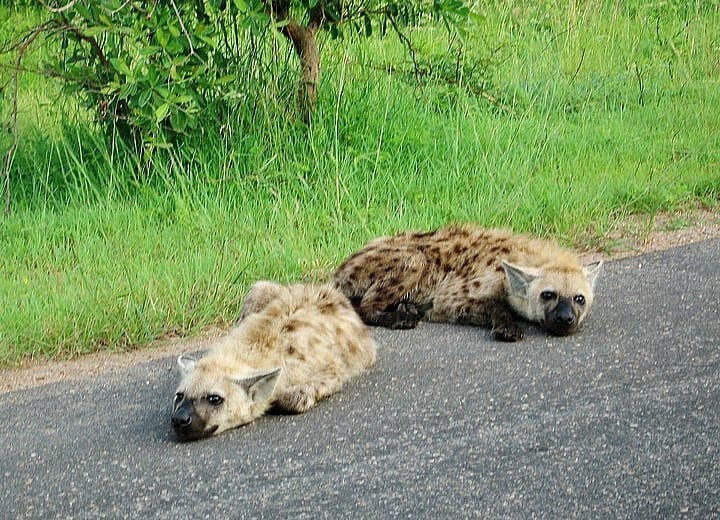
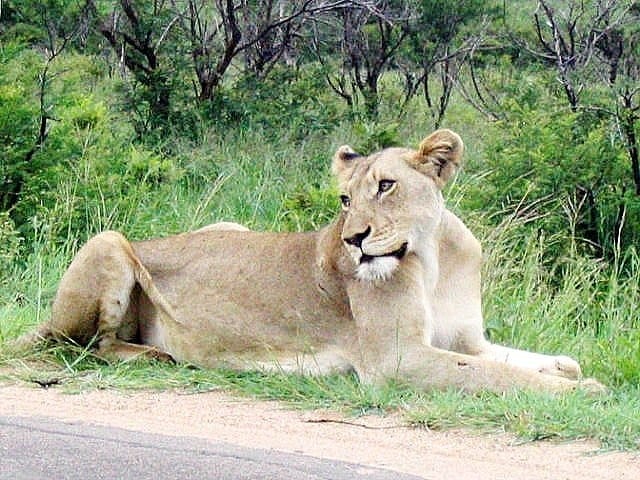
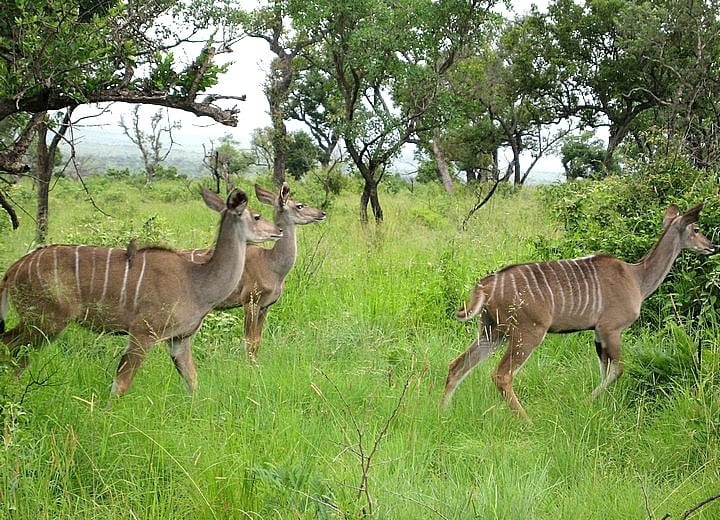
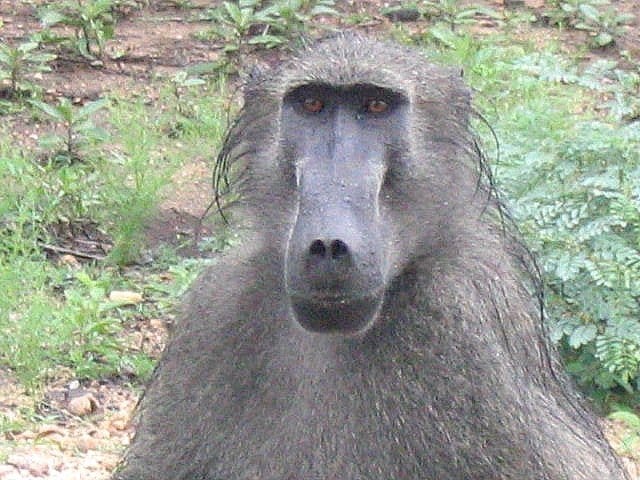
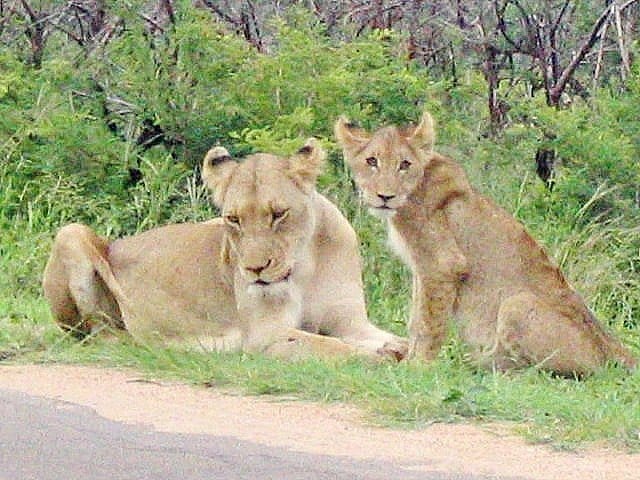
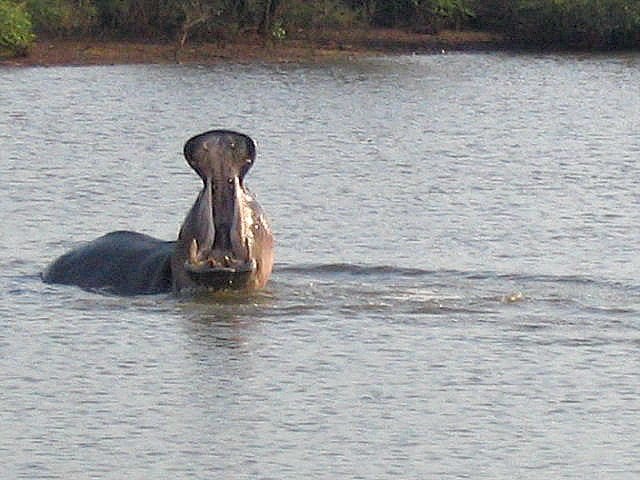
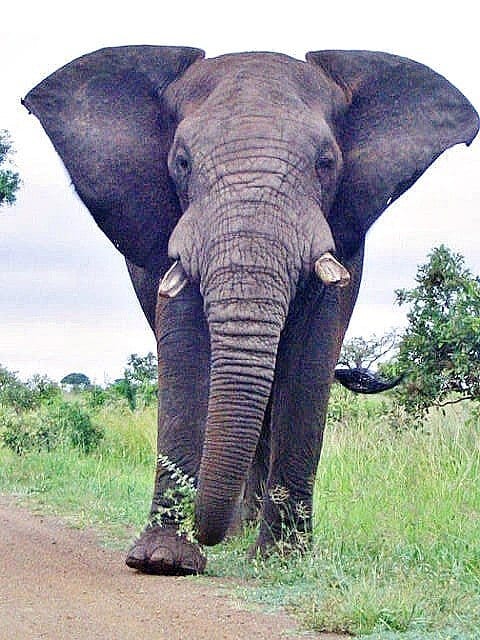
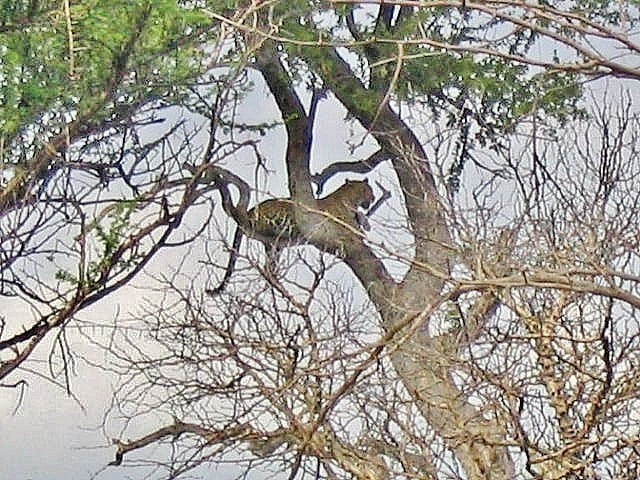
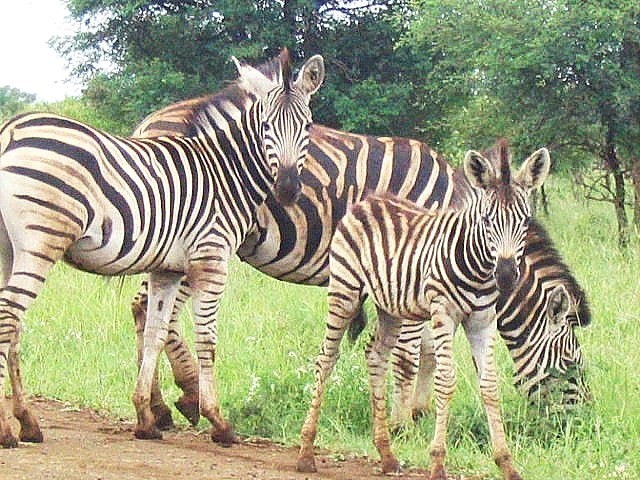
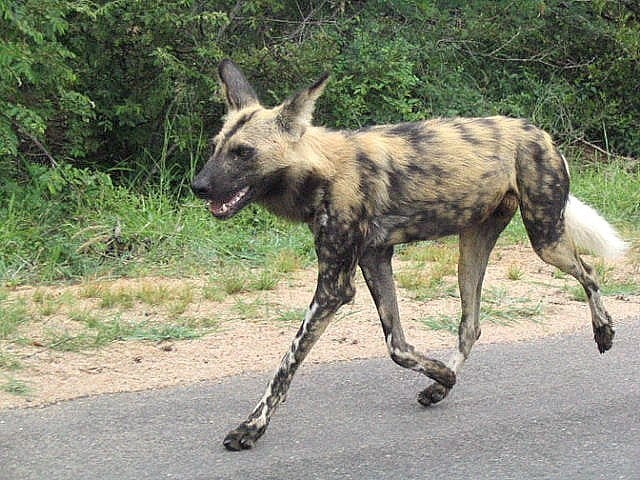
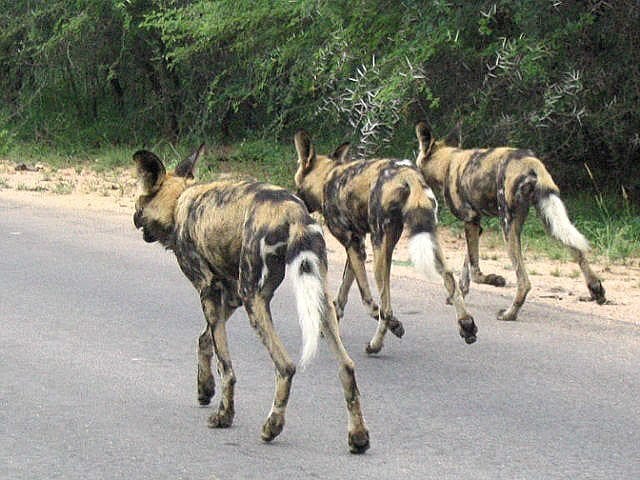
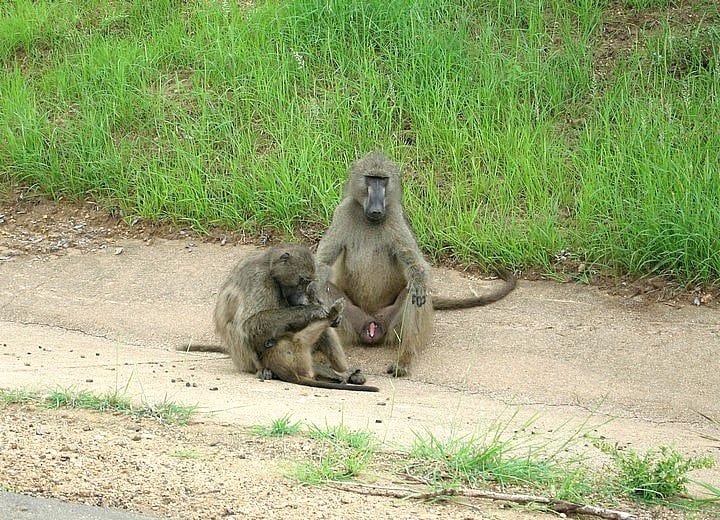
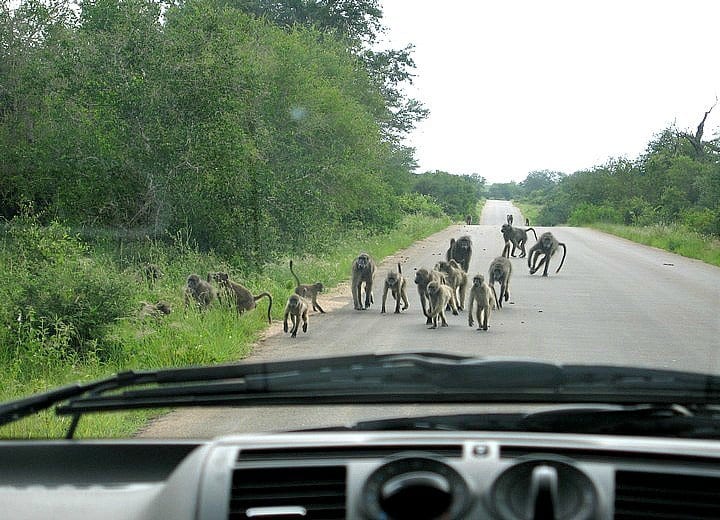
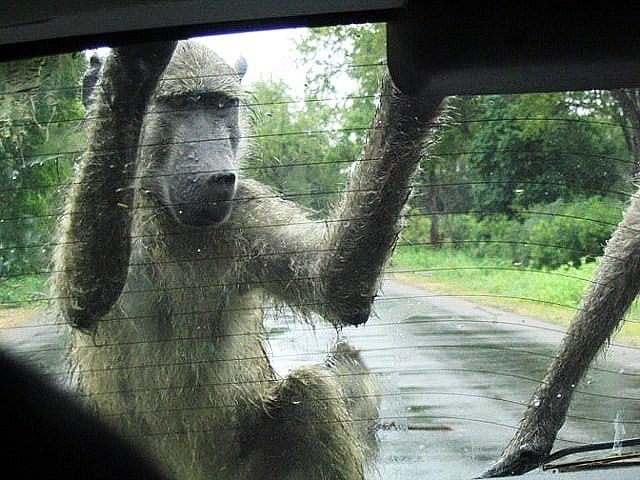
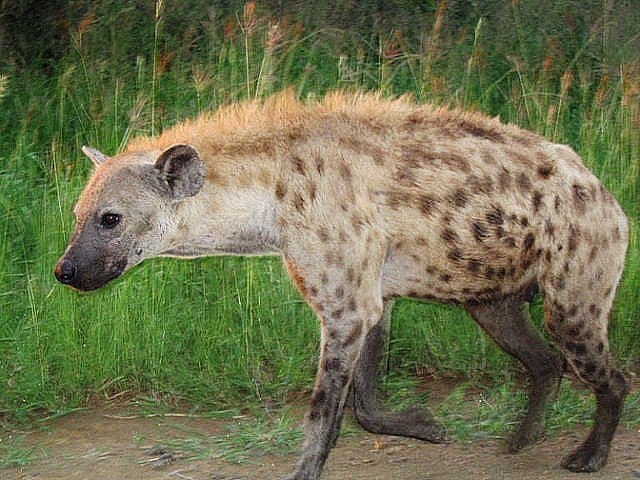
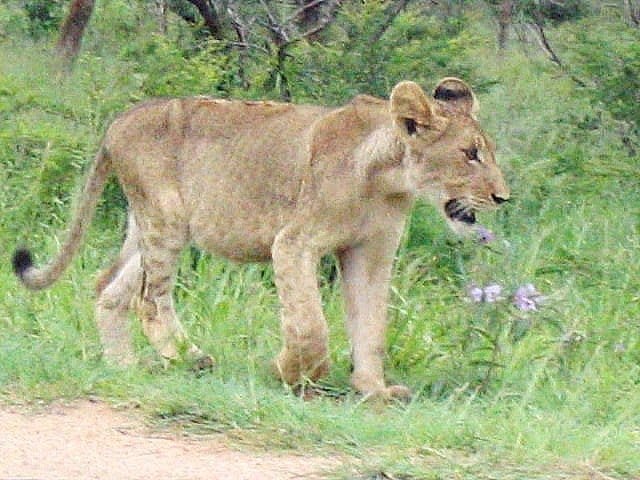
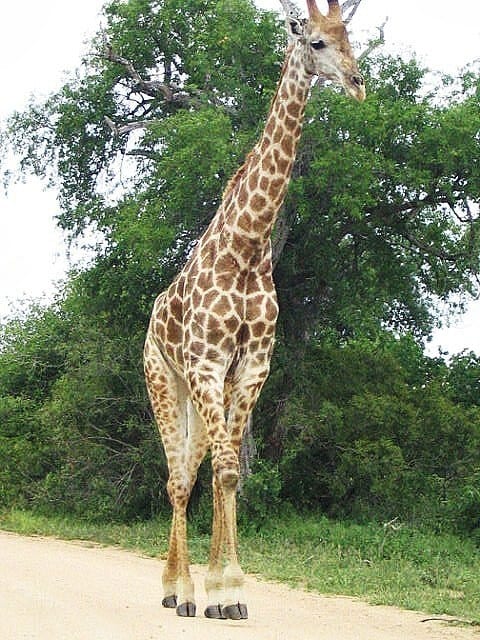
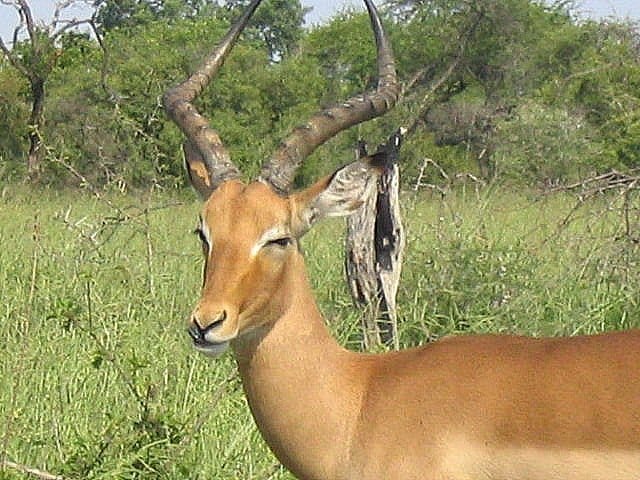
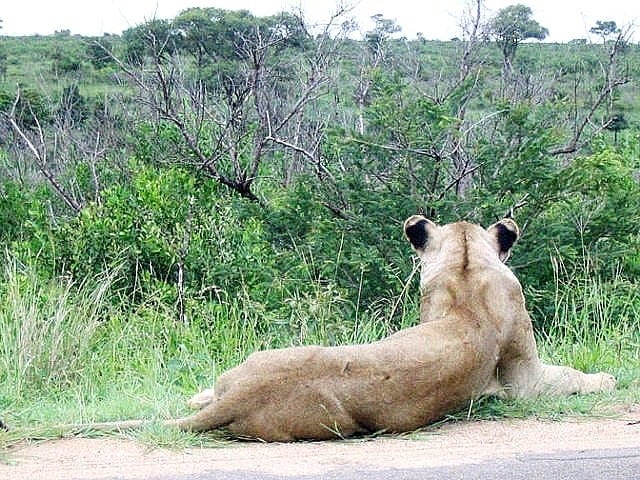
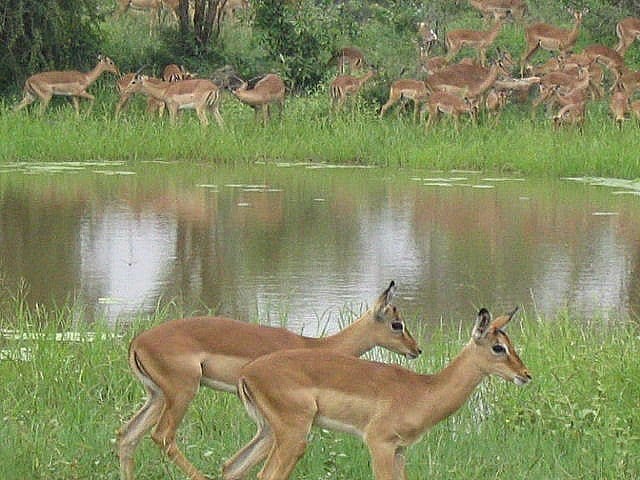
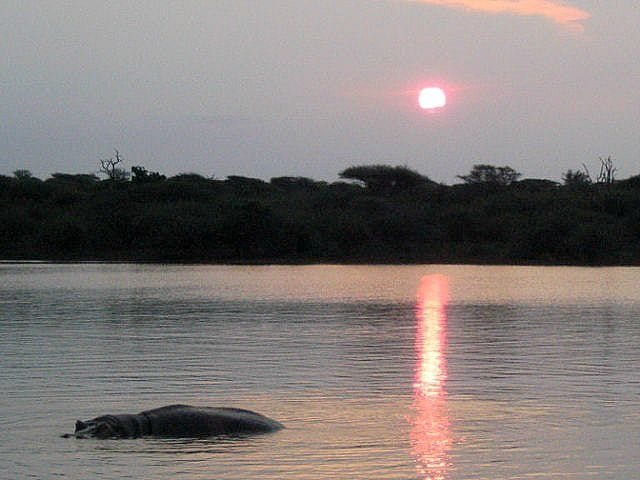
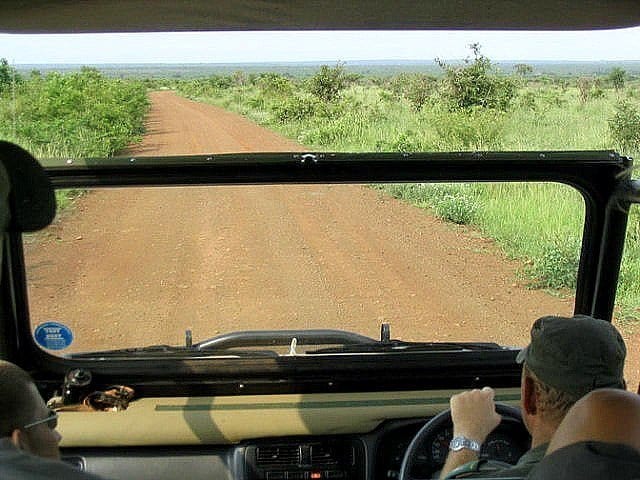
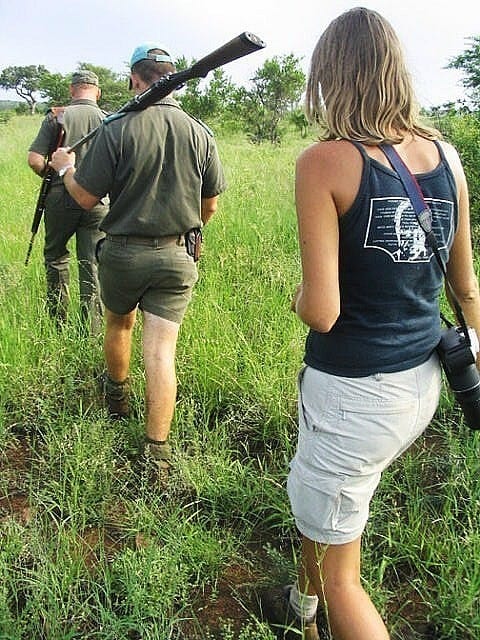
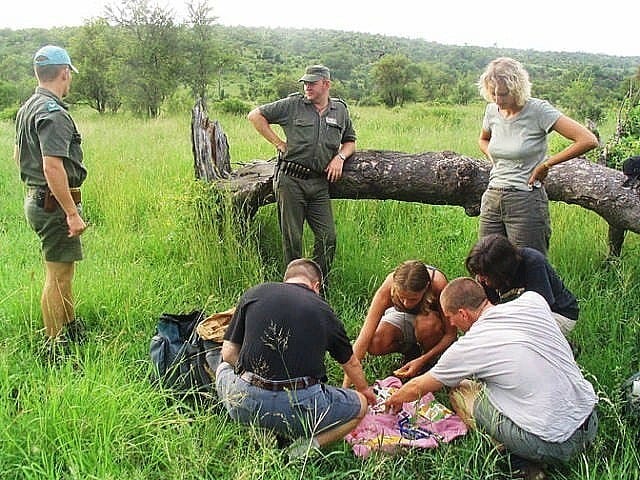
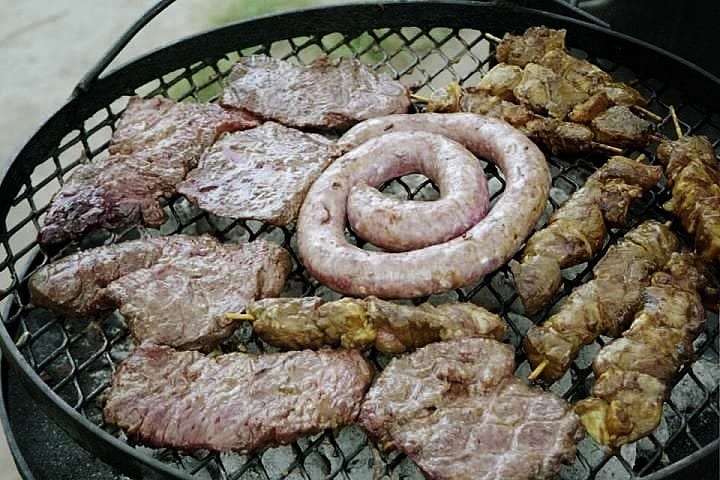
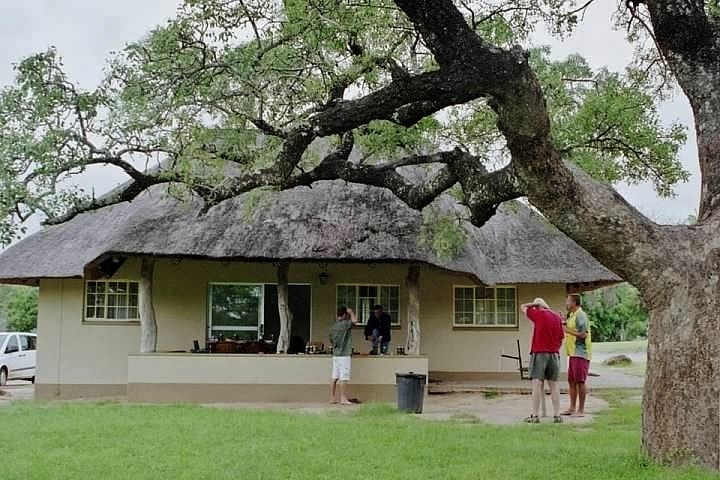
Safari Tips for Kruger National Park
- Research the optimal season for viewing a Game Park. In the dry season the grass is short making it easier to spot wildlife and the choice of drinking water holes for the animals will be fewer, so your chances of watching them congregate at waterholes in any given area is easier.
- Research carefully the optimal seasonal viewing of the Game Park. In the dry season the grass is short making it easier to spot wildlife and the choice of drinking water holes for the animals will be fewer, so your chances of watching them congregate at waterholes in any given area is easier.
- Animals are most active at dusk and dawn. It is very hot in Africa, so during the day the animals are usually hibernating in the shade. Get up early to catch the animals at play, rest during the day, and then go out again just before sundown.
- Lions like to sleep on the road at night to soak up the day’s heat trapped in the tar. If you’re up early enough you have a much better chance of seeing them up close and personal on the road. There were several times we turned a corner to find a lioness resting on the warm tar.
- Do yourself a favour and buy a 600mm zoom lens (we didn’t and missed a lot of photo opps). Animals won’t deliberately come close for a portrait shot, and it’s not safe to get out of your car and pursue them. You’ve spent all the money, time, and energy to put yourself in a place of contact and you’ll want to have something to show for it.
- Keep a safe distance when you encounter a wild animal and when in your vehicle keep your windows rolled up at all times.
More Africa travel tips
Have you visited Kruger National Park before?